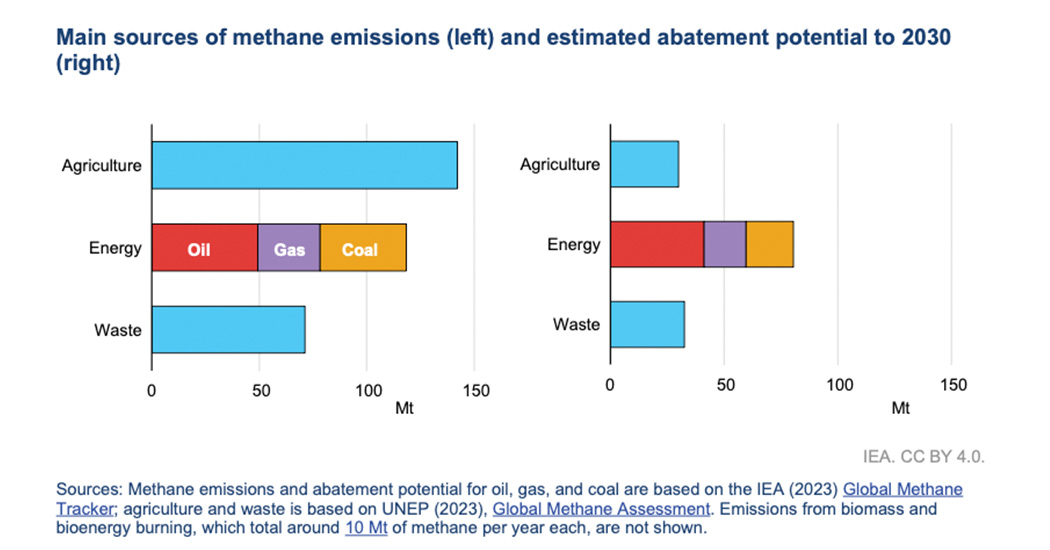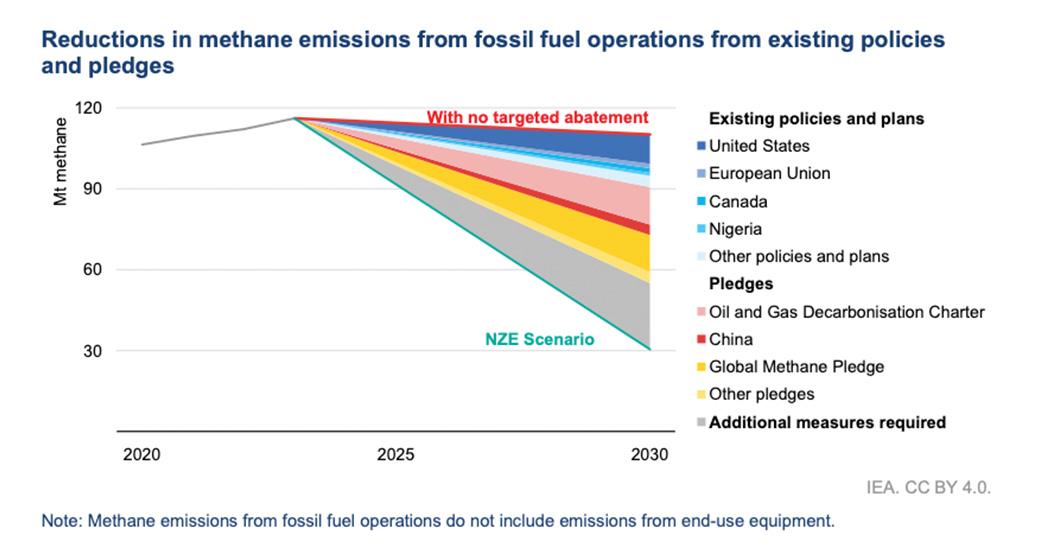Explained: the global impact of the EU’s landmark rules to curb methane emissions
The European Union Parliament last week adopted the first-of-its-kind regulation to reduce methane emissions from the energy sector, that also includes methane emissions from oil and gas imported into the 27-member bloc.
The approval of the landmark regulation follows the European Council and the EU Parliament reaching a provisional agreement in November last year – the first such EU legislation aimed at cutting methane emissions. The new law covers direct methane emissions from the oil, fossil gas and coal sectors, and from biomethane once it is injected into the gas network.
What are the broad provisions of the EU regulation on methane emissions?
The new regulation aims to tackle methane emissions within the EU through a wide range of policy measures that will have a significant impact on the energy industry. These include the introduction of new requirements for the oil, gas and coal sectors to measure, report and verify methane emissions, as well as a ban on routine venting and flaring by oil and gas operators, limiting non-routine venting and flaring only to unavoidable circumstances. The regulation also includes new limits on venting from thermal coal mines.

Why did the EU decide to adopt new regulations on methane emissions?
As a signatory to the Global Methane Pledge, the European Union has joined the global cohort of governments, companies and institutions aiming to reduce global methane emissions by at least 30% from 2020 levels by 2030. A powerful greenhouse gas, methane is responsible for approximately a third of current global warming, and the Global Methane Pledge is expected to eliminate over 0.2˚C warming by 2050. The new EU rules are seen as essential in reaching those goals and improving Europe’s air quality.
What are the requirements for the oil and gas sector under the new EU regulations?
According to legislation, oil and gas operators will be required to detect and repair all methane leaks above certain levels. They must submit a methane leak detection and repair programme to the relevant national authorities within nine months of the regulation coming into effect, and carry out a first leak detection and repair survey of existing sites within 12 months.
The new rules also ban venting and flaring methane from drainage stations, which release methane into the atmosphere, by 2025 and from ventilation shafts by 2027 with few exceptions. The new law also obliges EU countries to establish an inventory for inactive or abandoned wells and to establish mitigation plans.
What are the implications for the coal sector?
As per the new regulation, EU member states must continuously measure and report methane emissions from operating underground mines and from surface mines. They are also required to set-up a public inventory of mines closed or abandoned in the last 70 years and measure their emissions, except for mines that have been flooded for more than 10 years.
While flaring will be banned from 1 January 2025, venting will be banned from 1 January 2027 in coal mines emitting more than 5 tonnes of methane per kilotonne of coal mined and from 1 January 2031 in mines emitting more than 3 tonnes of methane per kilotonne of coal mined. Venting and flaring from closed and abandoned mines will be banned from 1 January 2030.
How does the new regulation impact global energy imports into Europe?
With imports making up more than 80% of the oil and gas consumed in the EU, the new regulation requires all importers to demonstrate equivalent monitoring, reporting and verification requirements at production level by 1 January 2027.
Key actions for imports include creating a methane transparency database on methane emissions shared by EU operators and importers, and setting up methane performance profiles of countries and companies to support importers in selecting their energy imports. The database seeks to incentivise best performing producers and contribute to reducing global methane emissions with due consideration given to the EU’s security of supply and international competitiveness, the EU Parliament said in a statement.
The new rules also include the implementation of global methane emitters monitoring tools and rapid alert mechanisms in case of super-emitting events.

What is the outlook for global methane emissions from the energy industry?
According to the International Energy Agency (IEA), while methane emissions from the energy sector remained near a record high in 2023, substantial policy decisions could lead to its decline soon. The IEA’s Global Methane Tracker published earlier this year found that the production and use of fossil fuels resulted in close to 120 million tonnes of methane emissions in 2023, a small rise compared with 2022. Another 10 million tonnes of methane emissions came from bioenergy, mostly from the traditional use of biomass for activities such as cooking, the IEA said.
What happens next with the EU legislation?
Following its adoption by Parliament, the regulation still has to be adopted by the European Council, after which the new law will be published in the EU Official Journal and enter into force 20 days later.
KEEPING THE ENERGY INDUSTRY CONNECTED
Subscribe to our newsletter and get the best of Energy Connects directly to your inbox each week.
By subscribing, you agree to the processing of your personal data by dmg events as described in the Privacy Policy.
















